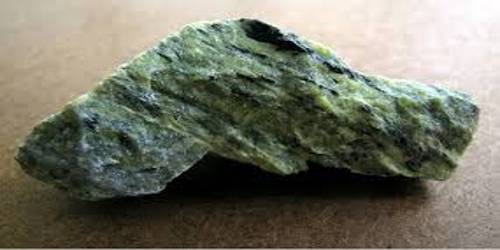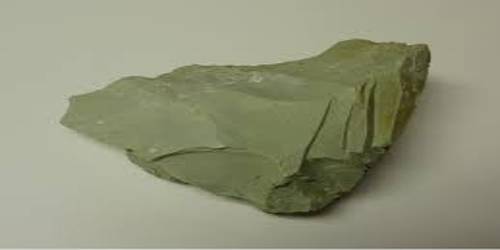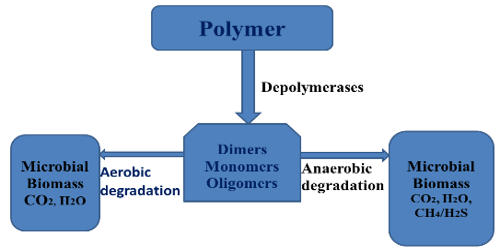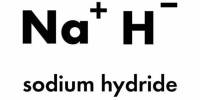The serpentine subgroup (part of the kaolinite-serpentine group) are greenish, brownish, or spotted minerals commonly found in serpentinite rocks. Besides for the main members of Antigorite and Chrysotile, a distinction is not usually made between the individual members except under scientific study and classification. They are used as a source of magnesium and asbestos, and as a decorative stone. The name is thought to come from the greenish color being that of a serpent.
General Information
- Color: Black, White, Green, Yellow
- Luster: Greasy, Waxy
- Crystal system: Monoclinic crystal system
- Chemical formula: (Mg, Fe, Ni, Al, Zn, Mn)₂₋₃ (Si, Al, Fe)₂O₅(OH)₄
- Hardness (Mohs hardness scale): 3 – 6
- Mineral class: Silicate minerals
- Transparency: Translucent, Opaque.

The serpentine group describes a group of common rock-forming hydrous magnesium iron phyllosilicate ((Mg, Fe)3Si2O5(OH)4) minerals; they may contain minor amounts of other elements including chromium, manganese, cobalt or nickel. In mineralogy and gemology, serpentine may refer to any of 20 varieties belonging to the serpentine group. Owing to admixture, these varieties are not always easy to individualize, and distinctions are not usually made. There are three important mineral polymorphs serpentine: antigorite, chrysotile, and lizardite. Antigorite usually represents the more solid forms, and Chrysotile usually represents the fibrous forms, especially asbestos. Chrysotile is further sub-classified into four-member minerals by its crystallization, and Clinochrysotile is by far the most prevalent form of Chrysotile.
Physical Properties
- Transparency: Translucent to opaque, rarely transparent.
- Specific Gravity: 2.5 – 3.2
- Luster: Greasy, waxy, or silky
- Cleavage: Usually not discernible because of crystal development.
- Chrysotile: may exhibit basal cleavage.
- Fracture: Conchoidal, splintery
- Tenacity: Brittle. Fibrous Serpentine is flexible and elastic.
- Striking Features: Greasy feel, soft compared to similar minerals, and may flexible and elastic.
- Rock Type: Metamorphic
Chrysotile, which has a fibrous habit, is one polymorph of serpentine and is one of the more important asbestos minerals. Other polymorphs in the serpentine group may have a platy habit. Antigorite and lizardite are the polymorphs with the platy habit.
Many types of serpentine have been used for jewelry and hardstone carving, sometimes under the name false jade or Teton jade.
Information Source:
















